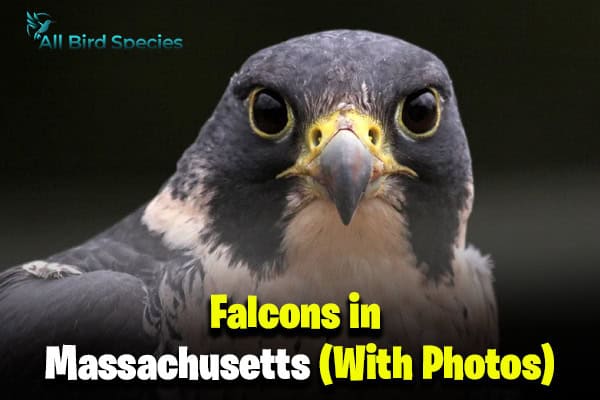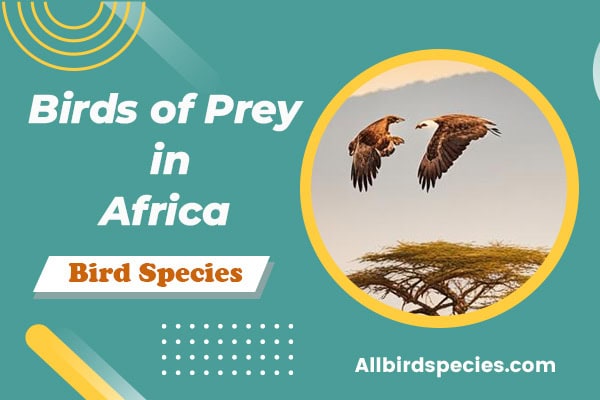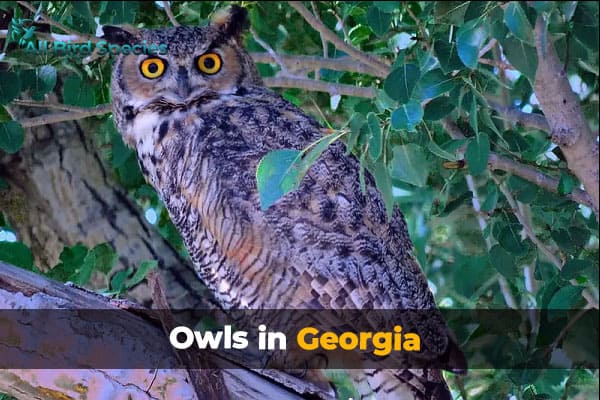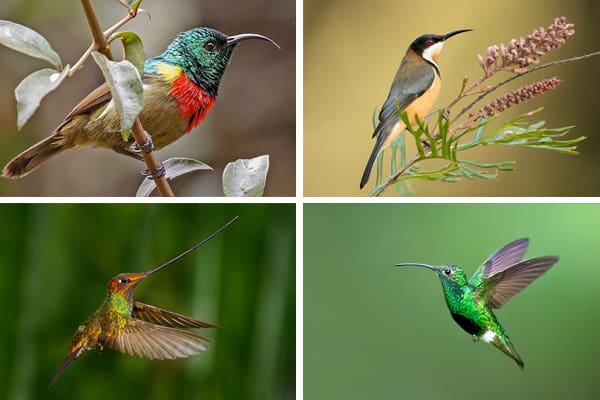3 Types Of Falcons That Found in Massachusetts (With Photos)
Did you know the Peregrine Falcons in Massachusetts is super fast, going over 240 miles per hour? This bird, along with the American Kestrel and the Merlin, fills Massachusetts’ skies. They show how diverse and important falcons are in our ecosystems.
This article will tell you about these three amazing birds. You’ll learn about their unique traits, where they live, and what they eat. Let’s dive into the world of the Peregrine Falcon, American Kestrel, and Merlin in the Bay State.
Introduction to Falcons in Massachusetts
Massachusetts falcons live in many places, thanks to the state’s diverse landscape. They can be found from the coast to the woods. These birds of prey are very adaptable. Watching them is exciting for those who love bird watching.
The Peregrine Falcon has made a big comeback from being almost gone. This shows how important it is to protect birds in our area. People love to watch falcons for their beauty and how well they fly and hunt.
If you like watching birds or want to learn more about Massachusetts falcons, you’ll find it interesting. By watching them, you can see their amazing flying and hunting skills. It’s a great way for nature lovers to enjoy the outdoors.
1. Peregrine Falcon
The Peregrine Falcon is a bird of wonder, known for its speed and adaptability. This section will look into its unique traits, where it likes to live, what it eats, and how we’re working to save this amazing bird.

Characteristics and Appearance
The Peregrine Falcon has features that make it a top predator. It has a blue-gray back, white belly, and a black “moustache” marking. It’s about 15 to 20 inches long and weighs 1.5 to 3.5 pounds. These features help it fly fast and hunt well.
Habitat and Nesting Behavior
In Massachusetts, the Peregrine Falcon has adapted well to city life. They often nest on tall buildings and bridges, similar to their natural high cliffs. They make simple nests called scrapes on ledges where the female lays her eggs. This shows how they can live in different places.
Diet and Hunting Techniques
The Peregrine Falcon eats medium-sized birds like pigeons, ducks, and songbirds. It hunts by doing high-speed dives, catching prey with great precision. This helps control bird populations and shows why the Peregrine Falcon is vital to nature.
Conservation Efforts and Success
Once on the brink of extinction due to DDT, the Peregrine Falcon is now a symbol of conservation success. We’ve banned harmful chemicals, started breeding programs, and reintroduced them into the wild. These efforts have helped the Peregrine Falcon thrive in cities and nature, proving the power of conservation.
2. American Kestrel
The American Kestrel, known as Falco sparverius, is a beautiful bird with bright colors. It’s small but stands out in many places. We’ll look at how to spot it, where it lives, what it eats, and the challenges it faces.
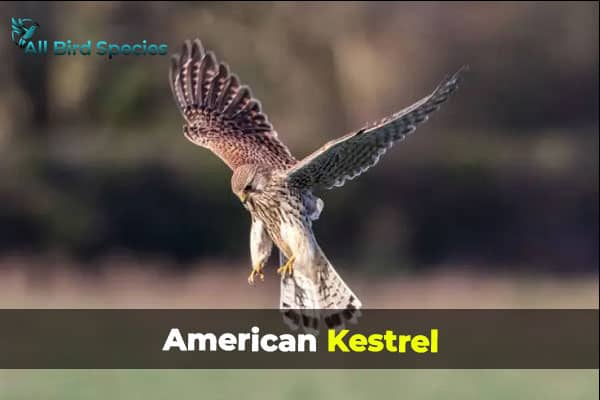
Characteristics and Appearance
This falcon has eye-catching feathers. Males have blue-gray wings and a rust back. Females are more brown. This difference makes them easy to tell apart.
They are about 9 to 12 inches long and have a wingspan of 20 to 24 inches. This shows how small they are.
Habitat and Nesting Behavior
Falcons in Massachusetts, The American Kestrels live in many places like open fields and cities. They like to nest in trees, cliffs, or buildings. They don’t make their own nests but use old ones.
This shows how they can live with humans and change. They are good at adapting.
Diet and Hunting Techniques
These birds eat insects, small mammals, and sometimes other birds. They hunt by hovering and focusing on their prey. This skill helps them catch food and keep nature in balance.
They help control pests, which is good for farms and nature.
Conservation Concerns
Even though they’re found in many places, American Kestrels are in trouble. They’re losing their homes, and pesticides and climate change are threats. Conservation groups are working to help.
They’re doing things like banding birds and supporting farming that’s good for nature. These efforts help with food and homes for the American Kestrel.
3. Merlin Bird
The Merlin falcon is a bird that catches the eye with its looks and hunting skills. It’s small but packs a punch. Knowing about its size, where it lives, what it eats, and how it’s doing helps us see its importance.

Characteristics and Appearance
The Merlin is about 9 to 12 inches long and has a wingspan of 20 to 24 inches. Its size makes it quick and nimble in the hunt. It has dark gray or brown feathers that help it hide in the woods.
Habitat and Nesting Behavior
Merlins live in open woods and by the coast in Massachusetts. They move around a lot, looking for places with lots of food. They like to use old nests from other birds, showing they can adapt to different homes.
Diet and Hunting Techniques
Merlins eat small to medium birds. They are fast and agile hunters, often working together with other Merlins. This teamwork helps them catch prey, even though they’re small.
Conservation Status
Merlins are not considered endangered, but they face challenges on their migrations and in their homes. Changes in the environment can affect their numbers. Conservation efforts are underway to help these birds and keep their populations healthy in Massachusetts.
Conclusion: Celebrating Falcons in Massachusetts
Massachusetts is home to many falcon species. These birds show the beauty of bird watching and the need for nature conservation. Seeing a falcon is a chance to learn about their important role in nature.
The story of the Peregrine Falcon shows how hard work can help nature. People in Massachusetts can be proud of their efforts to save wildlife. Watching falcons helps us understand the balance in our world.
Joining local groups to protect Falcon homes is a great way to help. Events and programs teach us why nature matters. Your help can spread the word about saving nature.
| Falcon Species | Conservation Status | Primary Habitat | Unique Feature |
|---|---|---|---|
| Peregrine Falcon | Least Concern | Cities, Cliffs | Fastest bird in the world |
| American Kestrel | Common | Open Fields, Urban Areas | Smallest falcon in North America |
| Merlin | Stable | Tundra, Forests | Intrepid hunter with strong flight |
By celebrating falcons and helping to save them, we give future generations a chance to enjoy these amazing birds.

